How to Vegetarian: Becoming a Flexitarian
Month 2 on our How to Vegetarian series! Friends, why have I not done this sooner?! Call it the RD bubble that I live in; I sometimes forget that nutrition can be a tricky subject. Dietitian or not, I know we are all slammed with so many different studies, news reports, marketing from food companies, advice from friends- that nutrition can seem SO hard. And, it technically is. Nutrition is a science, comprised of chemistry, biology, food science and the culinary application.
Add in the supposed complications of a plant-based diet and bam! Nutrition know-how can seem overwhelming. My goal with this series is to explore all aspects of a vegetarian diet in a simple to understand way. Like I mentioned last month, omnivore or plant-eater, I believe everyone can benefit from our discussion.
Last month, I shared everything you wanted to know about protein and the vegetarian diet. (If you missed it, I highly encourage you to start there.) I was planning on chatting about another nutrient of concern (omega-3 fatty acids) today, but after an influx of emails about the benefits of a vegetarian diet, I decided to switch gears. We’ll get to omega-3’s next month, but for now- let’s chat about a flexitirian diet.
Becoming a Flexitarian
Flexitarian, Mostly Meatless, Meat Minimalist- the terminology doesn’t really matter as the concept is practically the same; incorporating mostly meatless meals while still enjoying meat on occasion. While a vegetarian diet is only increasing in popularity, I think a flexitarian approach is the most appealing to the general public. It offers of the benefits of a vegetarian diet, without a firm commitment.
To me, the ideal diet is made up of mostly vegetables, fruits, whole grains, lean protein, beans/legumes, and healthy fats. Whatever you classify your diet, I think we can all agree that the average person doesn’t eat enough of the above foods. Typically, I see an over emphasis on refined/processed grains, unhealthy fat sources, protein and not enough of the good stuff. It’s exactly why I don’t split hairs on many of the current diet plans out there. I usually care more about what you’re not eating than what you are eating.
Not everyone embraces a vegetarian lifestyle and that’s OK. In fact, I know that just the term vegetarian/vegan/plant-based can be shudder inducing. After a zillion incredulous “what do you eat?” questions that I’ve fielded over the years, I’ve learned to approach the conversation with curiosity and kindness. No matter what your diet looks like, there is benefit in adding more plant foods into the diet. I’ve narrowed them down to include my top 5.
The benefits of a flexitarian approach
- Make your plate 2/3s plants. Michael Pollan got this one right. Eat whole foods. Not too much. Mostly Plants. His famous credo should be the base for most of us. Where can we incorporate more vegetables into the diet? Where can we sub in processed foods for foods in a mostly natural state? (See also, nutrient density for weight loss). I’ve included a roundup of my favorite breakfast, lunch and dinner meals to help with this in the section below.
- Knowing where your food comes from. Turn on any Netflix account and you’re bombarded with the documentaries that highlight previous unseen territory: exactly where our food comes from. While some of these films are better than others, it shows a growing interest in knowing how our food gets from the field to our plate. I’d argue that knowing more about our food helps us make better nutritional choices – both for ourselves and the environment. Whatever you put on your plate, I think we are all better off if we know a little more about how it got there.
- Fiber. I wish fiber got the attention that other nutrients do because it’s so darn important- and most of us are severely lacking in this department. The number varies by the source, but it’s estimated that the average American only gets 10-15g of fiber per day, well below the recommending 25-35g. No wonder we have so many digestion issues! Besides keeping us regular, fiber is so important for gut health. It contains prebiotics, which stomach bacteria feeds on in order to populate healthy gut flora. Roughly 80% of our immune system is located in the gut, which means that in order for us to be healthy- we have to make sure our gut is healthy first. Fermented foods and probiotics are helpful, but let’s not discount the important benefit of fiber. Found in vegetables, fruits, beans/legumes and whole grains- we can all benefit from adding in more.
- Varied Diet. The most interesting thing about incorporating more meatless meals into your diet? The variety of foods actually increases! When you are choose to eliminate a food group (meat/fish), you are forced to think outside the box for meals. While this can be a little challenging at first, not only does your cooking-know how increase, but you are also exposed to a lot of foods options that weren’t previously there. Think mushroom tacos, lentil shepherds pie, BBQ tempeh sandwiches and more. Vegetarian meals are so, so satisfying and usually a bit more creative than the typical meat and three.
- Decreased risk of heart disease. My #1 reason for encouraging a vegetarian diet is all of the associated health benefits. Backed up by numerous studies and the encouraging Blue Zone research, we know that vegetarians on average have a lower BMI, lowered disease state and longer life expectancy. Yay! That alone might encourage you to swap in a few more meatless meals. The quick down and dirty for why plants are heart protective: low in saturated fat, cholesterol free, high in fiber, antioxidants and potassium, low in calories.
Plant Nutrients & How to add more of them to your diet:
In a flex or vegetarian diet, some nutrients may need a little more love than others. Here’s how to add them into your diet.
Calcium: After I tracked our nutrient intakes for a month, this is the one that was hardest for both BL and I to get enough of. Now that we’ve added in almost daily morning smoothie featuring KURA & fortified almond milk, I’m not as worried. It’s the perfect breakfast option, providing not only calcium but omega-3s, protein, antioxidants, probiotics and more. Non-dairy sources of calcium also include tofu (set with calcium), sesame seeds, and dark leafy vegetables like collards, spinach, mustard and turnip greens.
Omega-3 fatty acids: I’m going to go into a LOT more detail on this nutrient next month, but for now it’s important to note that most vegetarian sources of omega-3s are found as ALA instead of DHA/EPA. I do take a supplement for this nutrient (in addition to my KURA smoothie). Plant sources of ALA include flax seeds, walnuts, hempseeds, and some plant oils.
B12: Technically, B12 is only found in animal foods like dairy, eggs and of course, meat. While there are some fortified B12 foods (like certain brands of nutritional yeast), the content varies so much that I don’t recommend relying only on fortified foods for your B12. It’s such an important nutrient that I encourage supplementation for all of my vegetarian and vegan clients.
Iron: Iron is found in two forms: heme and non-heme. Heme is found in animal foods, non-heme is found in plant sources. While it’s true that non-heme isn’t absorbed as well as heme, I often think this is a good thing as the body regulates absorption better from non-heme sources, reducing the possibility of too much iron- a very real health concern. Plant sources of iron include beans, soyfoods, nuts, seeds, winter squashes, dark leafy green vegetables, dried fruits, oatmeal, quinoa and pearl barley.
Ready to incorporate more vegetarian meals into your diet? Here are my favorite recipes that are proven crowdpleasers for everyone.
Breakfast
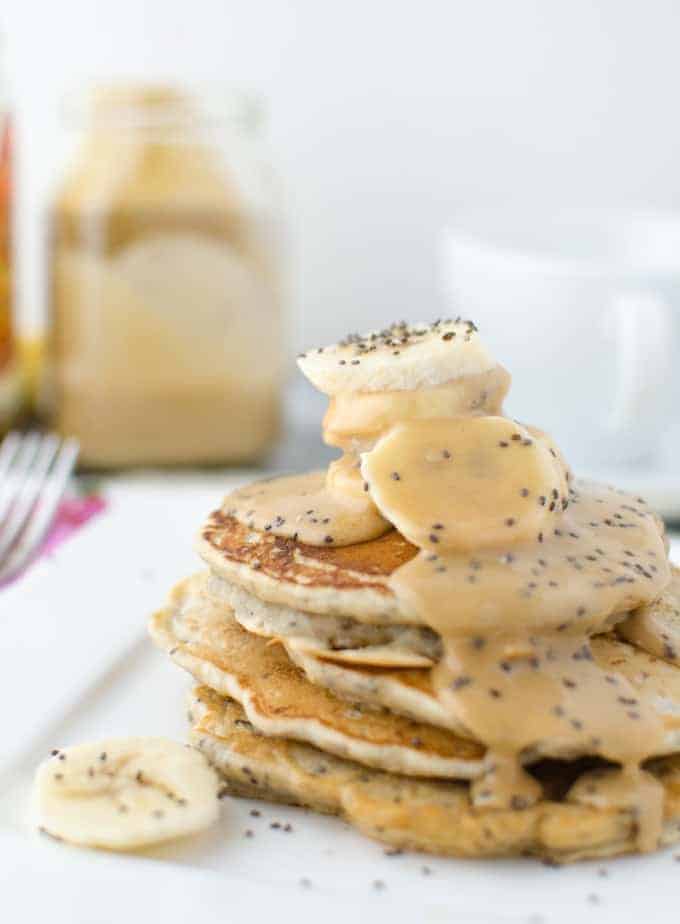
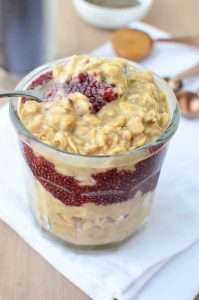
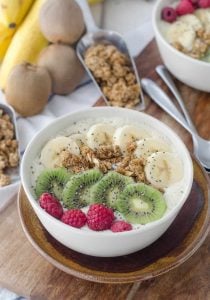
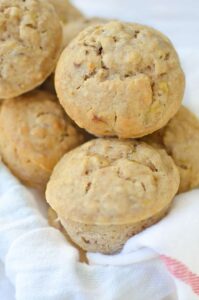
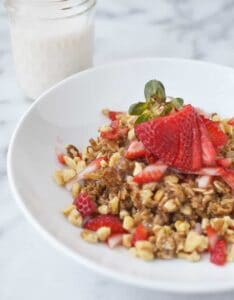
Lunch/Dinner
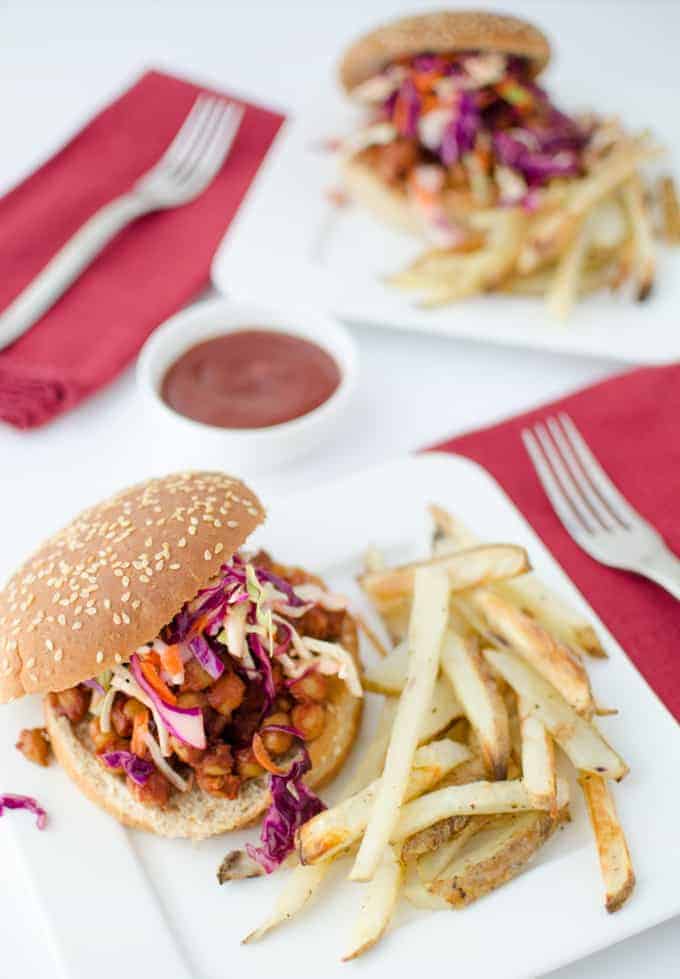
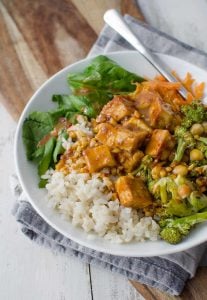
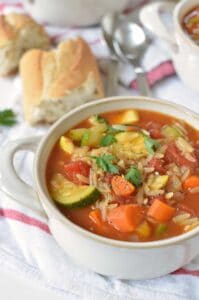
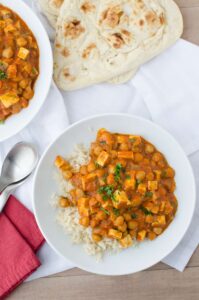
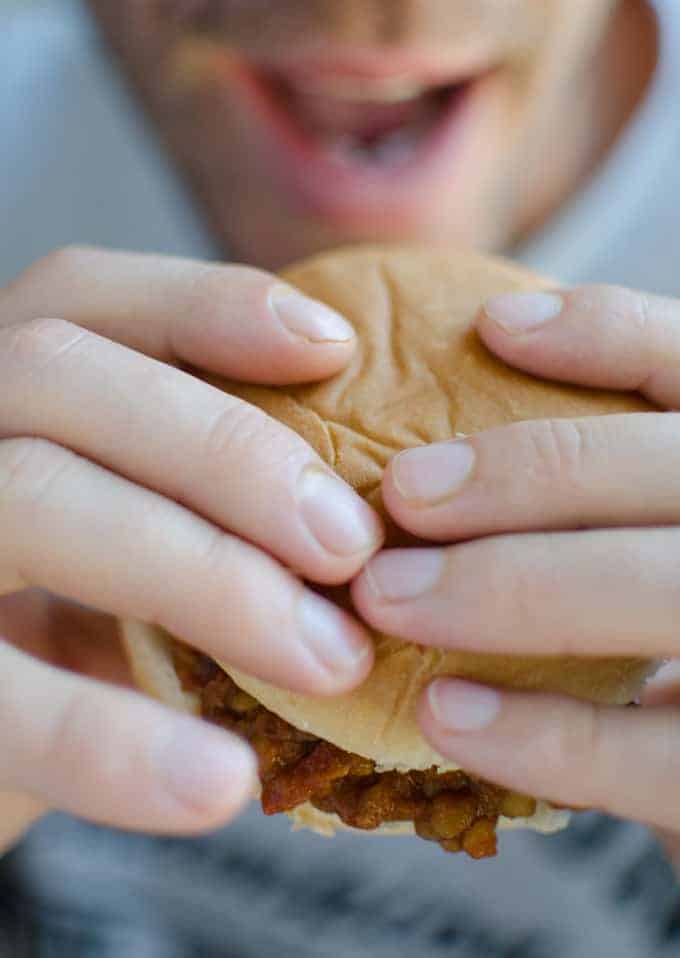
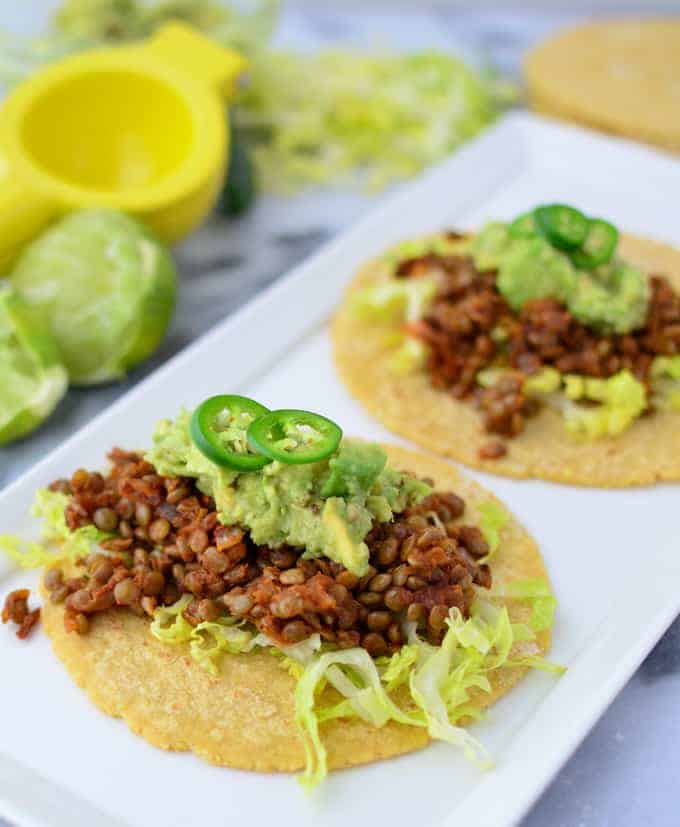
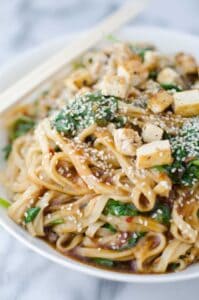



I spent most of my teen years as a vegetarian, my early twenties as a vegan and then went back to being an omnivore for convenience sake. For many reasons, I’ve gone back to vegetarian recently, though I suppose the correct term would be flexitarian. I am not currently eating meat, but if my husband bags a deer while hunting, there may be some snacking that happens. Same with a particularly fresh catch of fish, should that occur. However, since I expect that to happen maybe once or twice a year, I’m comfortable with calling myself a vegetarian again.
This blog was a wonderful push for me and I actually went back to the very beginning and read everything chronologically. Eating as a vegetarian has always been when I’ve felt the healthiest and looked the healthiest. This is really important as I just turned 30 and I was staring 200 lbs in the face (199!). Once I “took the plunge” I’ve lost 12 lbs in just over two weeks. I’m already feeling better.
My husband, who never really had to deal with me as a veggie, was a little concerned, but I showed him several recipes on this very blog, pointing out that I can always add meat to them for him and our daughter (if she wants – she doesn’t always) and he agreed that the food looks good.
So I wanted to thank you for making it so easy to show my meat loving hubby that my radically altering my dietary choices will be good and easy for us all.
Hi Stephanie, wow! Thank you so much for the positive feedback. I appreciate you taking the time to share your journey with me. I’m so glad that this series and this space has been helpful for you!
Hi Stephanie, wow! Thank you so much for the positive feedback. I appreciate you taking the time to share your journey with me. I’m so glad that this series and this space has been helpful for you!
Beautiful photos! I totally agree we with the focus on what we’re’not eating’!
Me too! Thanks for commenting Diane!
Me too! Thanks for commenting Diane!
All of these recipes look so so good!
Thanks Kristy!
Thanks Kristy!
I’m hungry! Your photos definitely make anyone crave vegetarian meals 🙂
I’m hungry! Your photos definitely make anyone crave vegetarian meals 🙂
Thanks Anne! Eating with your eyes first- the key to getting my husband to finally like tofu 🙂
I think your photos alone could coax anyone into the flexitarian lifestyle. GREAT post.
Thanks Katie!
I think your photos alone could coax anyone into the flexitarian lifestyle. GREAT post.
OMG, this post just made me hungry!! Your pics are a gorgeous tribute to a plant-based lifestyle! #YUM
Great post, I love vegetarian meals- so many amazing options for variety!
Me too! I love sharing how delicious vegetarian meals can be!